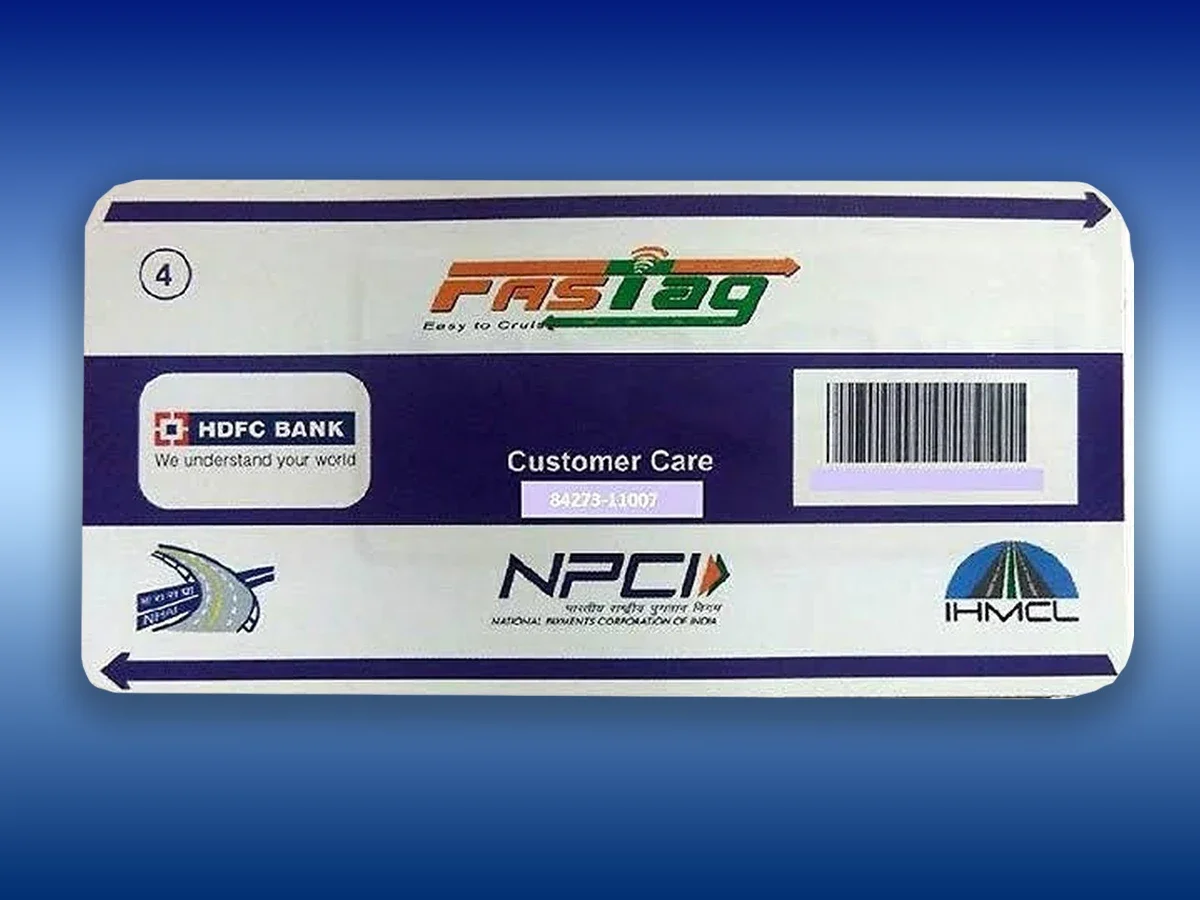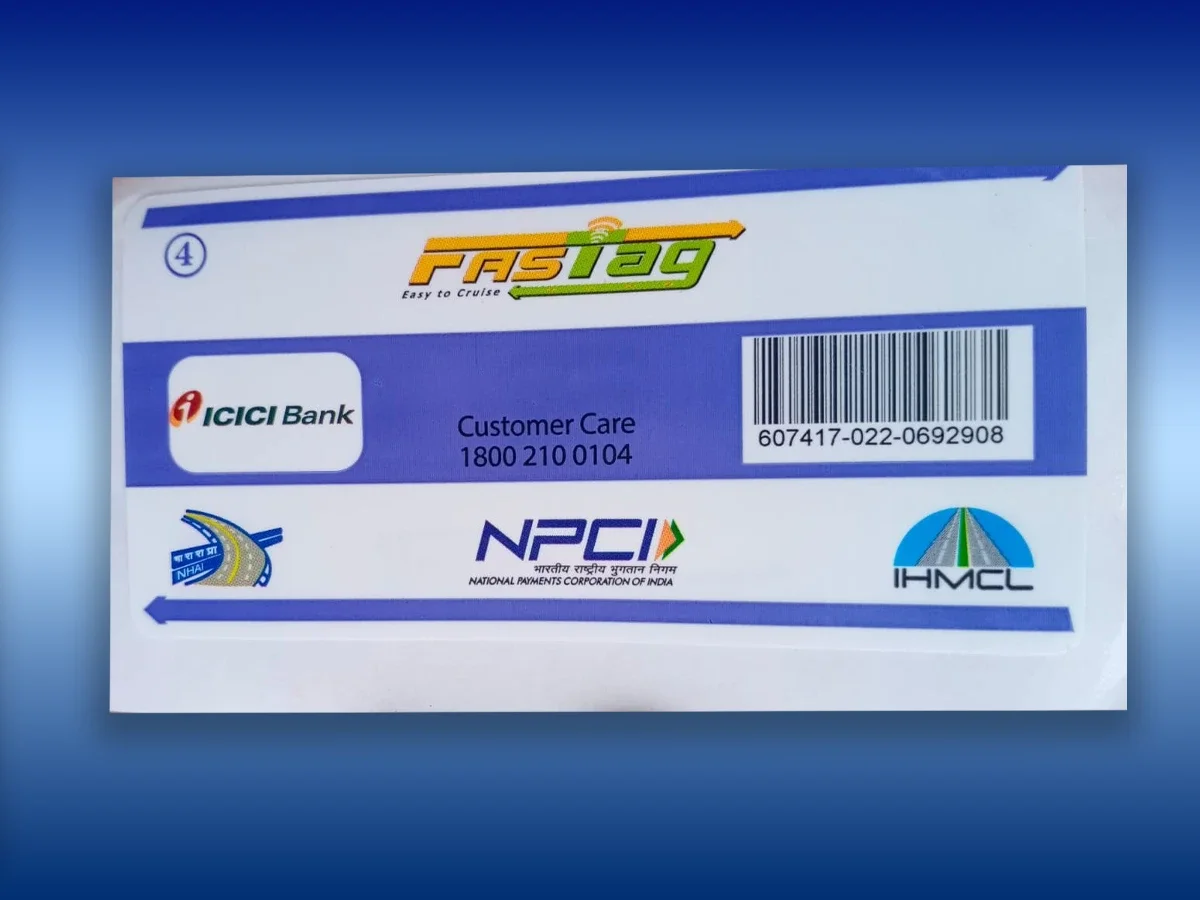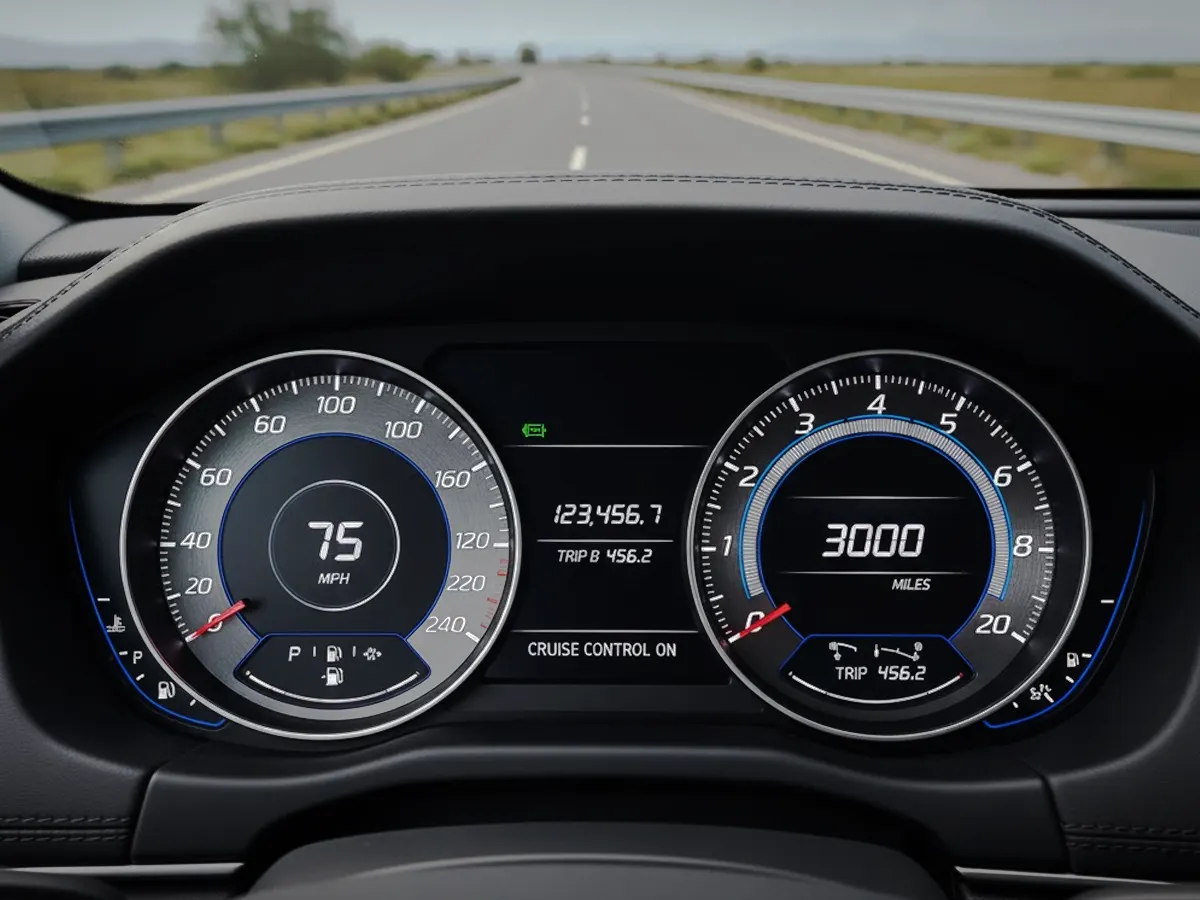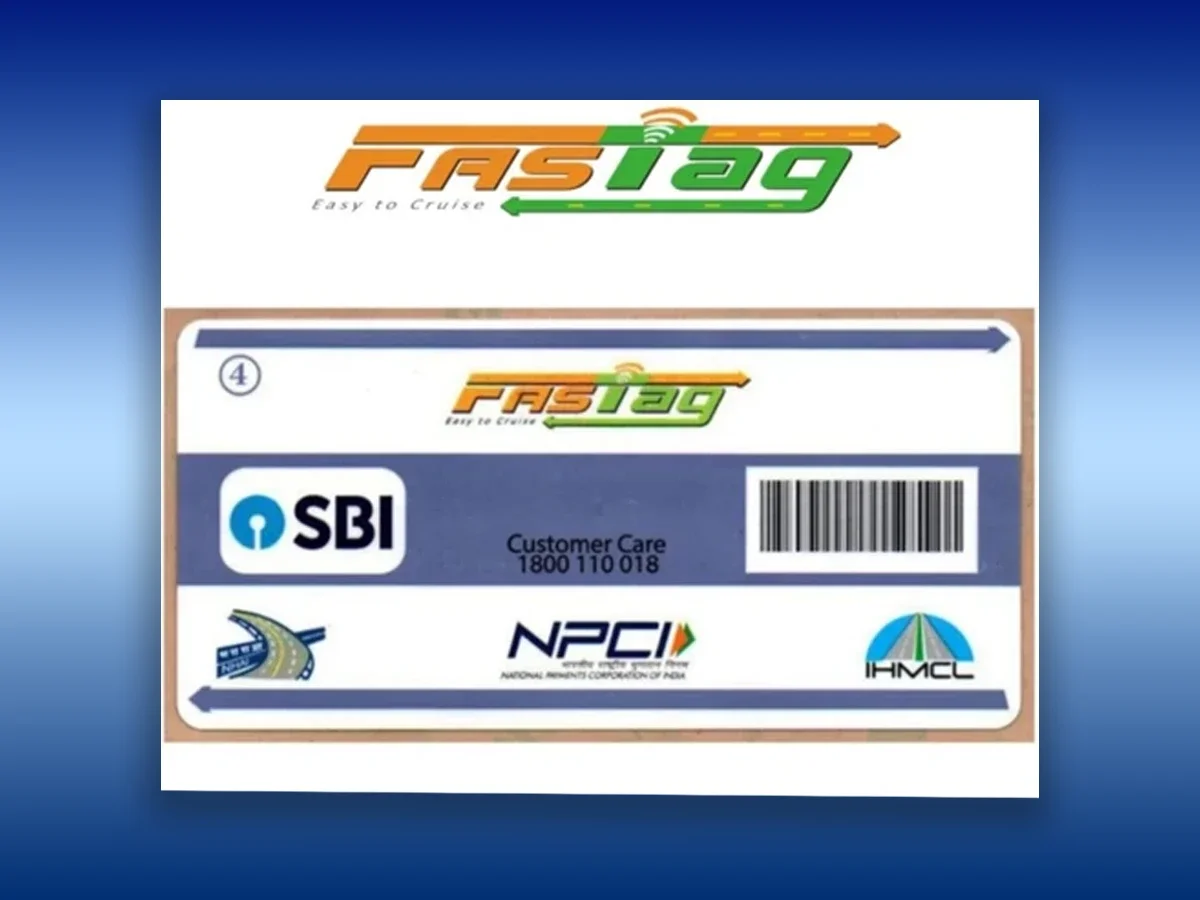

How to Read a PDI Report Without Getting Lost in Technical Terms
- 1Learn to read a PDI report without needing mechanical knowledge
- 2Spot hidden car flaws easily with simple signs in PDI checklists
- 3Understand terms like repaint, OBD errors, and tyre wear quickly
Buying a used car can be exciting, especially when the price and looks seem just right. But before sealing the deal, there’s one crucial document you should understand, your car’s PDI report. The Pre-Delivery Inspection (PDI) report may sound like a technical checklist filled with confusing terms, but it’s actually a helpful snapshot of your car’s real condition.
In this blog, we’ll show you how to understand a PDI report without needing to be a mechanic. Whether you’re buying your first used car or simply want to be more informed, this guide is for you.

Pre-Delivery Inspection Report
Let’s start with the basics. A PDI (Pre-Delivery Inspection) report is a detailed summary of your car’s condition based on checks done before delivery. It covers the exterior, interior, tyres, engine health, fluids, lights, brakes, electronics, and more.
It helps you know whether the car you’re buying is in good shape or hiding issues you’ll have to deal with later. And yes, even used cars should come with a proper PDI, especially if you’re buying it from a dealer, platform or used car showroom.
Key Sections Of A PDI Report
You don’t need to understand every single mechanical term to get value from a PDI. Just focus on these key sections:
1. Exterior & Paint
This part checks for dents, scratches, rust spots, and whether panels have been repainted. If a section of your car has higher paint thickness than the rest, it could mean a past repair due to an accident.
Look for: “Panel replaced” or “Repainted” remarks, especially on doors, bumpers, or the bonnet.
2. Tyres and Brakes
Tyres are inspected for wear, cracking, or uneven tread depth. Brakes are checked for pad condition and performance.
Look for: “Tyre tread low” or “Brake pad needs replacement” notes.
3. Electrical Components
From the horn to the headlamps, this section tests all electricals. That includes indicators, wipers, power windows, central locking, and infotainment systems.
Look for: Any mention of a non-working light, screen, or button.
4. Under The Bonnet
This checks engine oil levels, coolant, battery health, engine noise, and visible leaks.
Look for: “Oil leakage,” “Battery needs replacement,” or “Engine noise observed” flags.
5. On-Board Diagnostics (OBD)
Some detailed PDIs plug in an OBD scanner to check for hidden engine or sensor faults.
Look for: Any warning lights like “check engine,” or fault codes in the remarks.
How to Spot Red Flags Quickly
Here are a few signs in a PDI report that should catch your attention:
- Multiple panels marked as “repainted” or “replaced”
- Battery more than 4–5 years old
- Engine oil marked as dark or dirty
- Warning lights still active during the test
- Brake pad wear or unusual engine noise reported
These don’t always mean you should reject the car, but they can help you bargain better, or get the seller to fix them before buying.
Don’t Stress Over The Jargon
If you see terms like “strut mount worn” or “engine misfire history,” don’t panic. These often come with remarks or a rating like “minor,” “moderate,” or “critical.” Use this to gauge urgency.
And if you’re ever unsure, just ask for a quick explanation from the seller or platform. Most inspection reports now come with easy-to-understand summaries or even ratings.
Can you Trust Every Used Car Inspection
Not all PDI reports are equally detailed. Some just check basic features like lights and fluid levels. If you’re serious about getting peace of mind, look for platforms that offer professional or third-party PDI services, ideally with images and real-time data from OBD tools and paint meters.
Conclusion
You don’t need to be a car expert to read a PDI report. Focus on the main categories, look for any consistent warnings or faults, and don’t hesitate to ask questions. Understanding a PDI can save you from buying a car that seems perfect on the surface but has hidden flaws underneath.
So, before you sign that deal, give the PDI report the attention it deserves. It’s your best tool for making a smart, informed choice, without any technical headaches.
Frequently Asked Questions
Expand all





























